View to Bad Iburg
This page is only available for mobile

View to the Großer Freeden
(Great Freeden mountain)
What was once the seabed during the Late Cretaceous Period, around 100 million years ago, rises up today as solidified limestone 269 meters above sea level in the Großer Freeden. Vigorous beech and mixed-beech forests thrive on its fertile soils.
After a leafless winter but before the trees unfold their tightly closed canopy, innumerable, early flowering, ground covering, ephemeral plants use the incoming sunlight for their development. Within a few days, they conjure up a colorful flower carpet over the forest floor on the north flank of the Freedens - widely known as the "Freedenblüte" (Freeden Bloom).
Großer Freeden Natural Forest
Over the centuries, the Freeden has been subjected to various forms of use. Since 1972, 42 hectares (103.7 acres) have been designated as natural forest, which today is also included in a comprehensive nature reserve. No wood has been cut there for over 40 years, the forest is allowed to develop itself.
A key player in the Freedenblüte (Freeden Bloom) is the purple, mauve, or white-blooming Corydalis cava with its walnut-sized, hollow tuber - hence its common name “Holewort” or Hollowroot”.
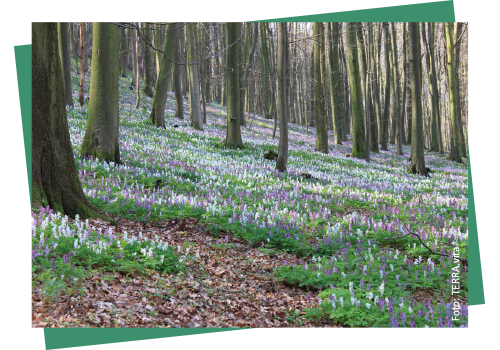
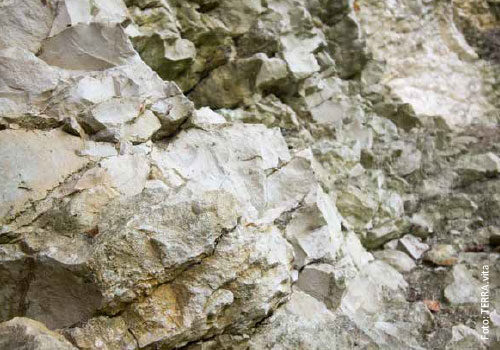
Lime that formed during the Late Cretaceous Period was the starting rock that eroded to form the fertile ground of the Freeden.
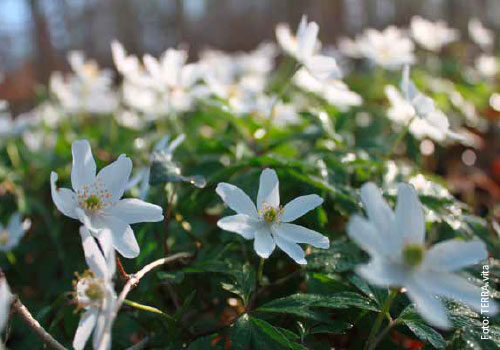
Every year in April, wood anemones, violets, lungwort, and wild garlic join the Corydalis cava in the unique flowering of the Freedenblüte.

View of the Iburg
The history of the Iburger Schloss (Iburg Palace) goes back to the early Middle Ages. In the 11th century, on the remains of older defensive fortifications, Bishop Benno II founded a Benedictine monastery and a bishop’s residence for himself. The monastery - newly built in the middle of the 18th century - existed for over 700 years until it was dissolved in 1803. The former residence was gradually expanded by the Prince-Bishops of Osnabrück and arrived at its current form essentially in the 17th century. It is striking that the Iburg houses two churches: the former Catholic monastery church of St. Clement, a Gothic hall building, and the Protestant palace church, whose initial baroque infrastructure of 1664 is largely preserved. This denominational coexistence was made possible thanks to a special Osnabrück rule in the Westphalian peace treaties; from 1650, Catholic and Protestant sovereigns alternated at the seat of the bishop until the Prince-Bishopric of Osnabrück was dissolved in 1802.
The octagonal main tower, which now adorns the coat of arms of the county of Osnabrück, was built at the end of the 15th century.

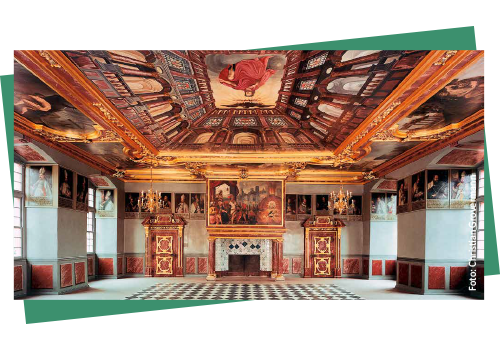
Concerts and other cultural events take place in the magnificent 17th century knights' hall.
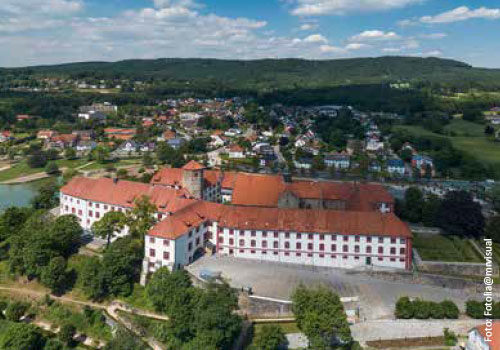
The hill, upon which Iburg Palace is enthroned, is part of an elongated, east-west lying chain of limestone elevations.
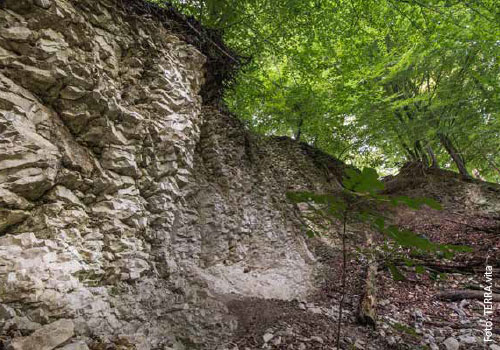
These limestone layers, some of which are steep, stretch from the Kahle Berg (Kahle mountain) in the west over the Langer Berg (Long mountain) and to the Kleine and Großer Freeden (small and large Freeden mountains) in the east.

View to the Dörenberg
The northern ridge of the Teutoburger Wald (Teutoburg Forest) with the elongated Dörenberg (Dören Mountain) consists of Osningsandstein (Osning sandstone) that was formed during the Early Cretaceous Period. Progressive weathering resulted in moderate to poor nutrient soils. At 331 m (1086 feet), the Dörenberg is the highest elevation in the county of Osnabrück.
The natural vegetation here consists of beech forests. The increasing presence of spruce trees reflects the interests of people who, beginning in the 19th century, relied entirely on the spruce for its high earning power. Today, the immense increase in threats from climate change, storms, or pollutants requires comprehensive rethinking. For example, it may be necessary to plant more beeches and Douglas firs.
The Iburg glassworks
The chronological records of the forest show that it reached a low point from 1674 to 1677 due to the Iburg glassworks. In its only three-year period of operation, it devoured vast amounts of wood from the surrounding area, which in some cases led to complete deforestation on the Dörenberg.
In the 11th century, to obtain building materials Bishop Benno II and his monks created a stone quarry on the Dörenberg, the “Bennosteinbruch”.
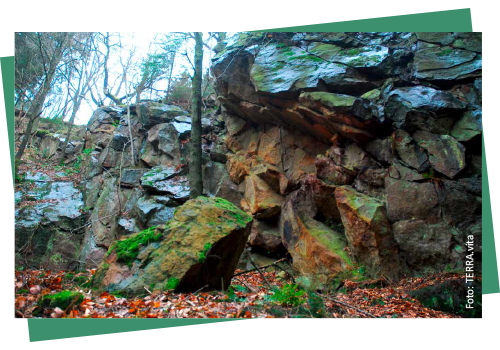
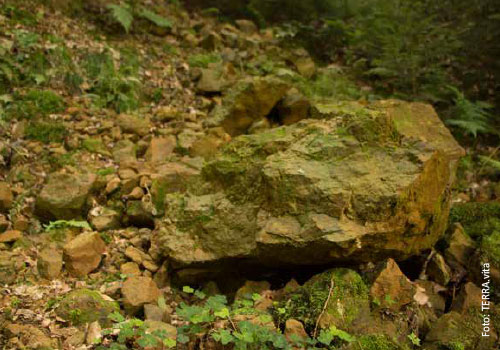
Osningsandstein (Osning sandstone) from the Early Cretaceous Period was formed by the consolidation and solidification of sands from the former coastline.
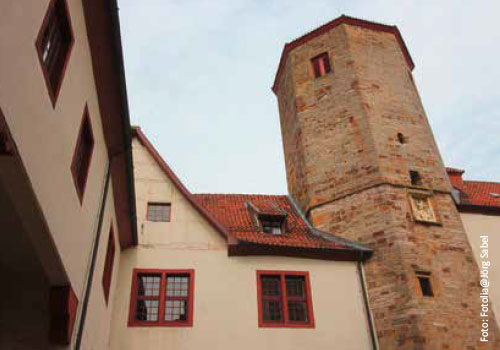
Numerous buildings in the region were built from Osningsandstein, including the "Benno Tower" shown here as well as the Iburger Schloss (Iburg Castle) and the monastery complex.
